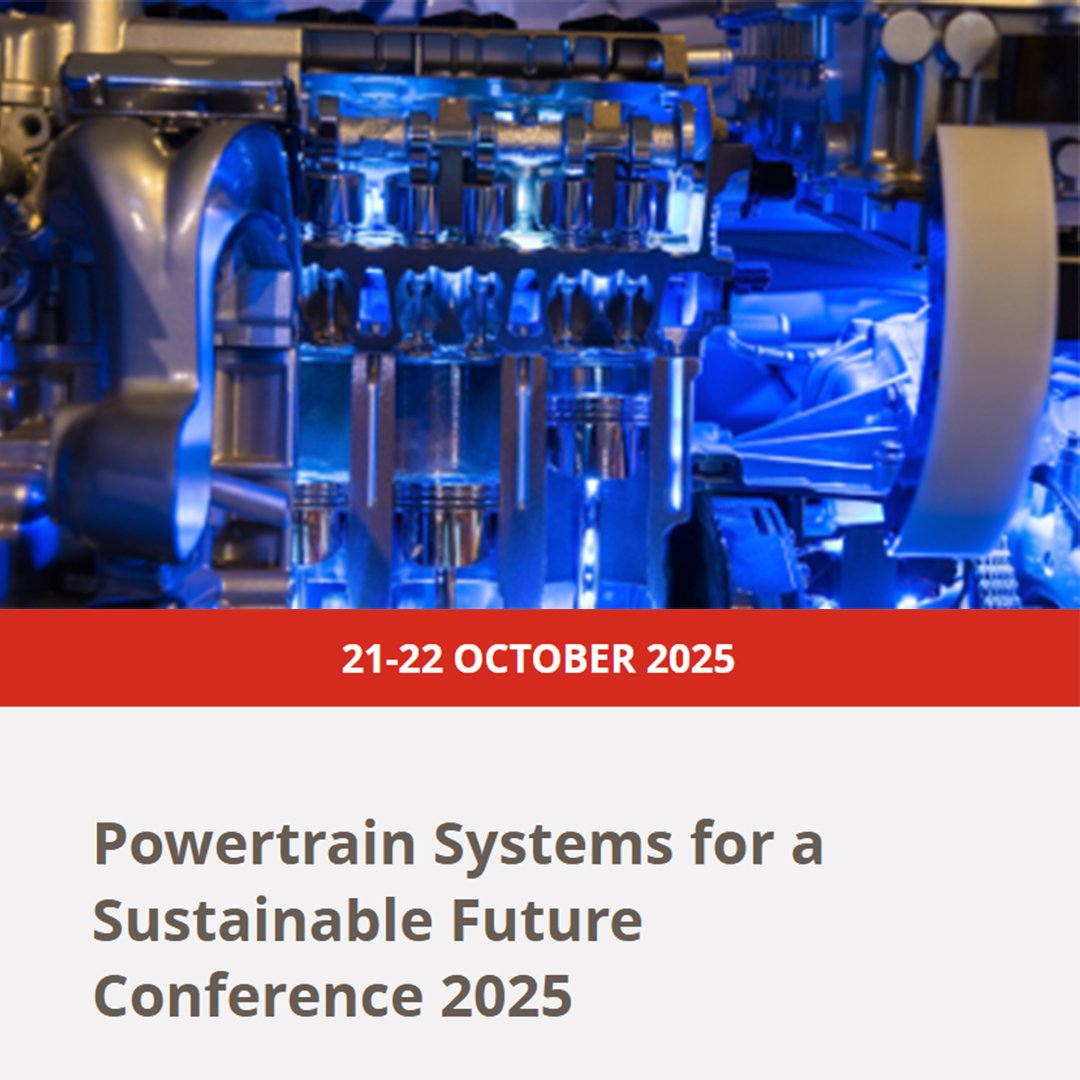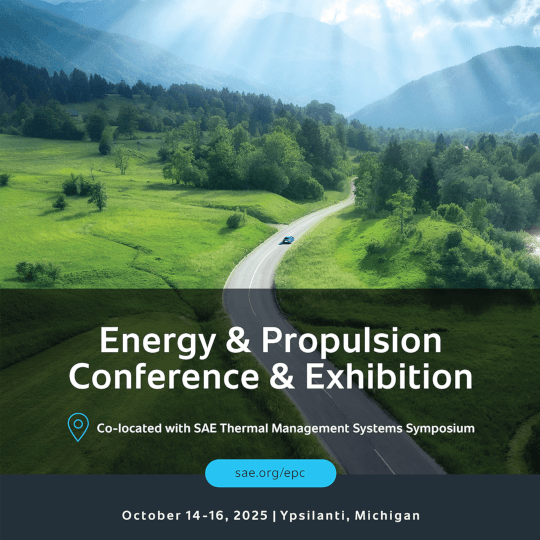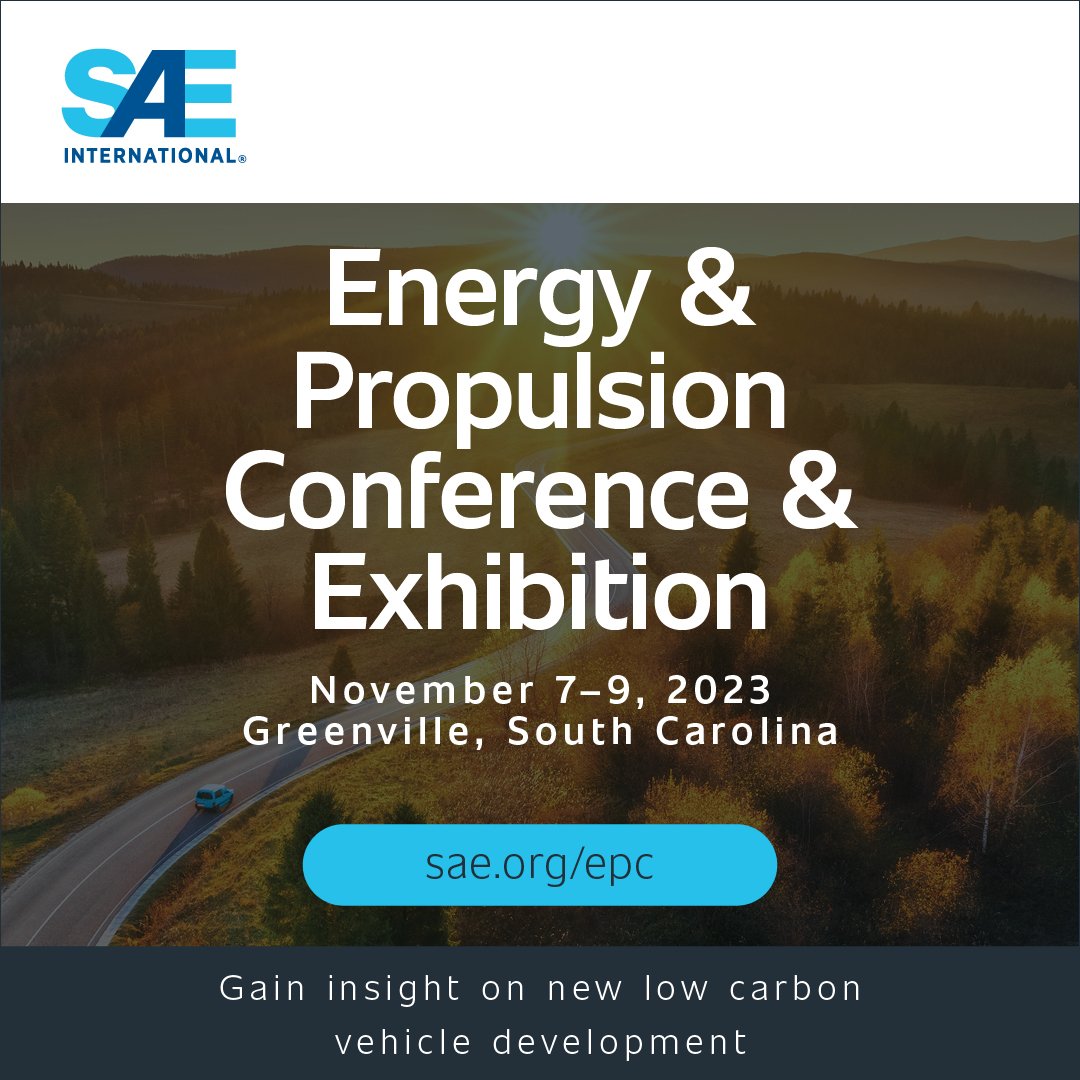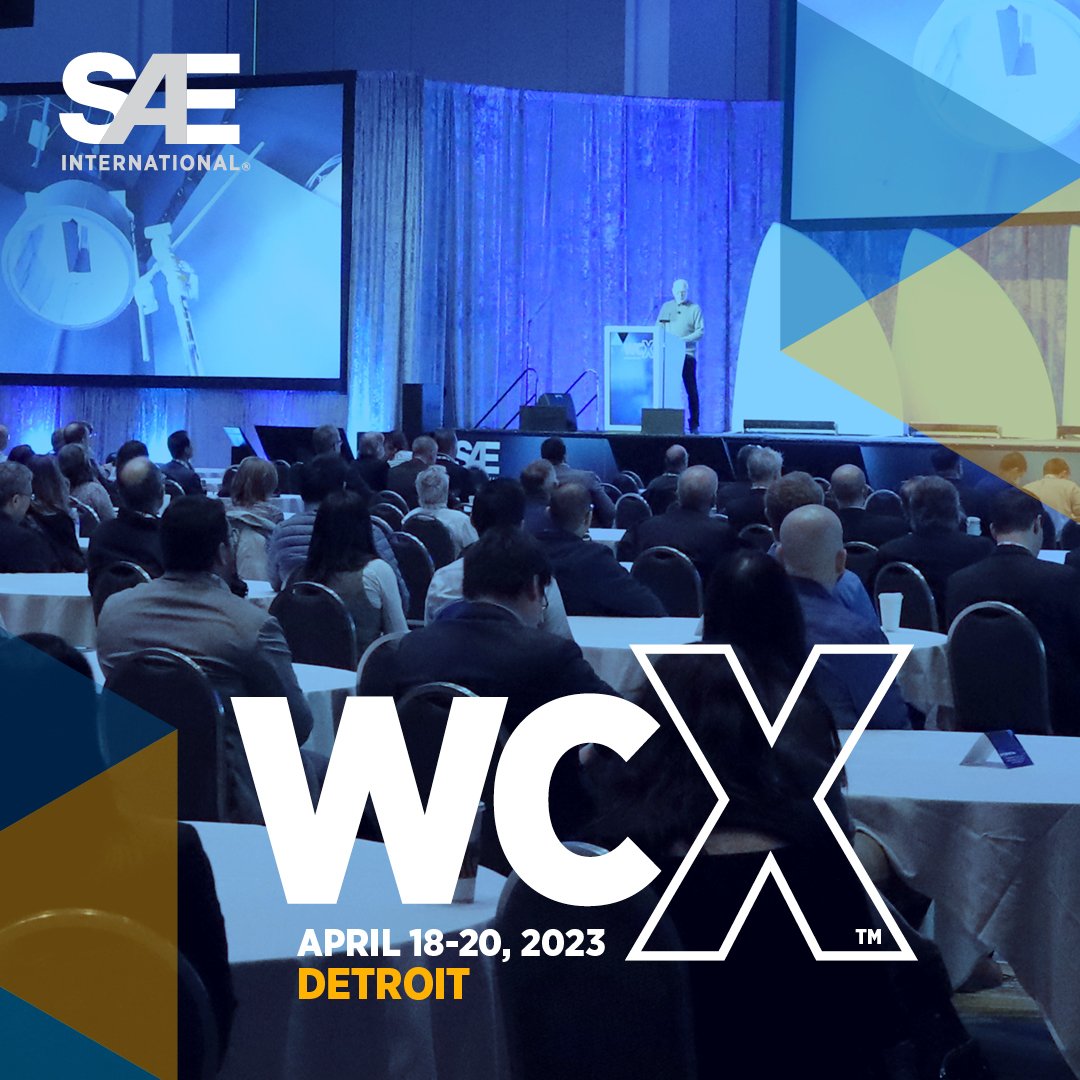
Maritime

Modelling global maritime decarbonisation
Maritime contributes 2.5% of global Greenhouse Gas (GHG) emissions in delivering 80% of global trade. With increasing emissions regulations aiming for a net zero future, the shipping industry is under pressure to reduce greenhouse gases by at least 50% by 2050. As part of this journey, the 2023 International Maritime Organisation (IMO) Strategy on Reduction of GHG Emissions from Ships is targeting that 5% of shipping must have zero emissions by 20301.
Maritime propulsion manufacturers now need to balance the optimisation of existing engines with lower emissions and increased fuel economy as well as introduce new non-carbon technology to meet these targets.
The design challenge, using simulation, is to consider the available options across full electric, hybrid, hydrogen fuel cells, ammonia and hydrogen combustion, e-fuel viability and new advancements in onboard carbon capture.
The design challenge with the aid of simulation is to evaluate the available options across full electric and hybrid electric–combustion systems, as well as carbon-neutral alternatives such as biofuels, methanol or zero-carbon ammonia, hydrogen—whether used individually or as dual-fuel blends for combustion engines. In the initial stages of development, physical prototype modelling is expensive, requiring virtual simulation tools to answer many of the 'What ifs' before committing to a design path. Simulation of the propulsion system is at the heart of maritime design and predicting performance across a range of applications from small outboard engines to large cargo ship power units will be essential to select the correct propulsion system for the correct application going forward.
At Realis Simulation we have extensive experience of using software to streamline the propulsion system design process – answering many of the ‘What ifs’ using computer simulation before Original Equipment Manufacturers (OEMs) and Tier 1 suppliers commit to expensive physical prototypes.
Our software analyses the full maritime system design from fuel intake, power generation, power transfer and exhaust emissions reduction. It simulates energy losses from friction, oil consumption and thermal heat transfer as well as component durability across various drive cycles using traditional fuels, carbon-neutral fuels, zero-carbon fuels, hybrid and electric power units.
1 2023 IMO Strategy on Reduction of GHG Emissions from Ships, Resolution MEPC.377(80) Annex 1
Our insights


CFD and FE Toolset for Predicting Structural Temperatures in a Hydrogen Internal Combustion Engine
Technical Paper
Calculation of Thermal Boundary Conditions for Hydrogen Internal Combustion Engines
Technical Paper
Thermo-Diffusive Flame Speed Adjustment and its Application to Hydrogen Engines
Technical Paper